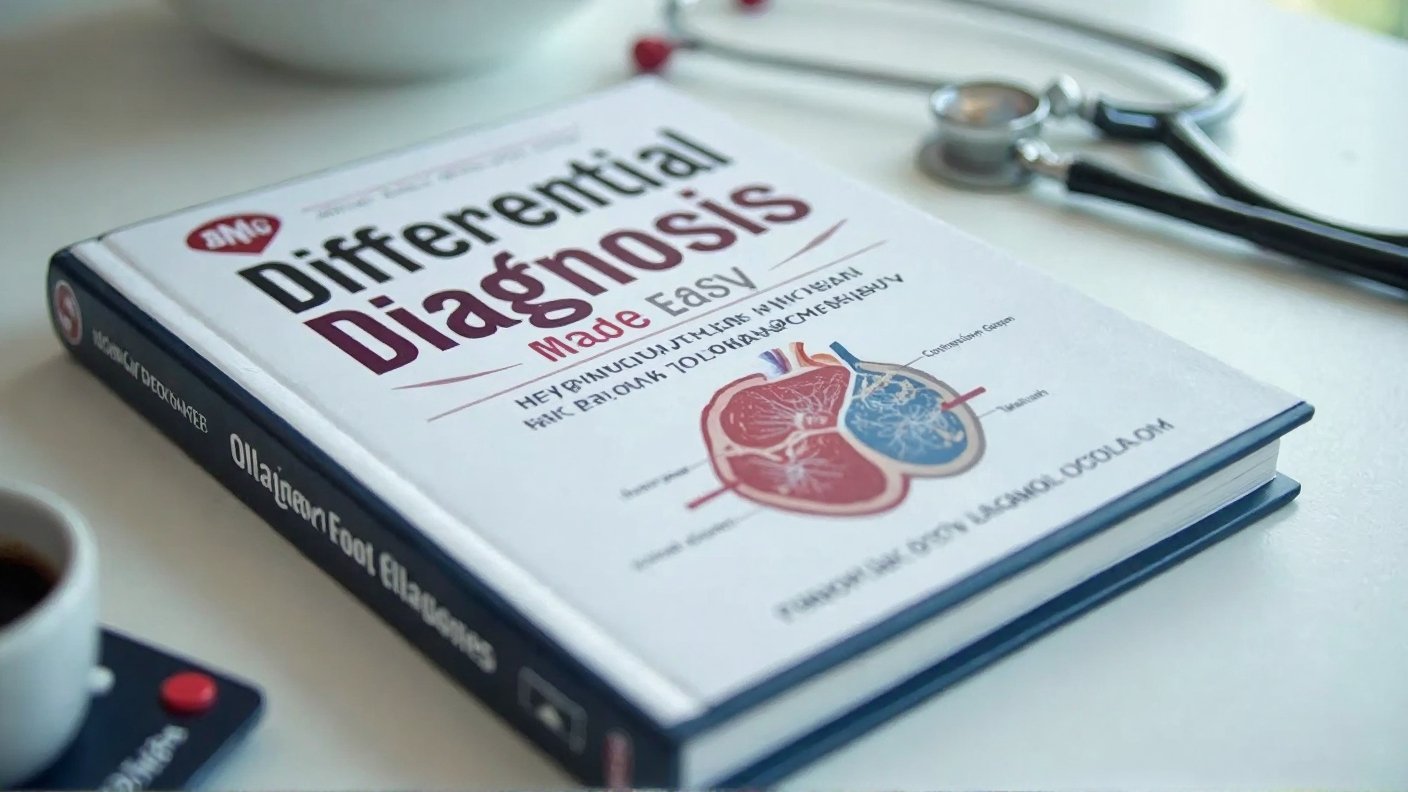
🔍 Differential Diagnosis Made Easy: Key Conditions for the AMC
One of the biggest challenges in the AMC exams is recognising how to approach differential diagnoses. Examiners want candidates to think broadly, rule out life-threatening conditions, and then narrow down logically to the most likely cause. Mastering this skill improves both MCQ performance and Clinical Exam stations.
1. 🫁 Chest Pain
Always rule out life-threatening causes first.
-
Acute Coronary Syndrome (ACS)
-
Pulmonary embolism
-
Pneumothorax
-
Aortic dissection
-
GORD / musculoskeletal pain (common non-cardiac causes)
📌 AMC Tip: Think in categories: cardiac, respiratory, GI, musculoskeletal.
2. 🫀 Shortness of Breath
-
Asthma / COPD exacerbation
-
Pneumonia
-
Pulmonary embolism
-
Heart failure
-
Anaemia or metabolic acidosis
📌 AMC Tip: Rapid ABCDE assessment is expected in acute cases.
3. 🧠 Headache
-
Subarachnoid haemorrhage
-
Meningitis/encephalitis
-
Migraine
-
Tension-type headache
-
Temporal arteritis (in older adults)
📌 AMC Tip: “Red flags” (sudden onset, neuro signs, fever, visual symptoms) must be recognised.
4. 🤒 Fever in Children
-
Viral URTI
-
Otitis media / tonsillitis
-
Urinary tract infection
-
Pneumonia
-
Meningitis/sepsis
📌 AMC Tip: Never miss meningitis or sepsis – early IV antibiotics are lifesaving.
5. 🤢 Abdominal Pain
-
Appendicitis
-
Cholecystitis
-
Bowel obstruction
-
Ectopic pregnancy (in reproductive-age women)
-
Gastroenteritis / IBS (benign common causes)
📌 AMC Tip: Always consider age, gender, and red-flag symptoms (bleeding, peritonism).
6. ⚡ Seizures / Loss of Consciousness
-
Epilepsy
-
Hypoglycaemia
-
Syncope (vasovagal, arrhythmia)
-
Stroke / TIA
-
CNS infection or space-occupying lesion
📌 AMC Tip: Differentiate seizure vs syncope by history (post-ictal state, tongue bite, incontinence).
🗝️ Final Strategy for AMC Candidates
-
Use a system-based framework (cardiac, respiratory, neurological, GI, etc.).
-
Rule out emergencies first – examiners value patient safety.
-
Apply Australian guidelines (eTG, RACGP) for final management decisions.
-
Practice with recalls and mock cases to make differential thinking automatic.
Bottom Line: Differential diagnosis in AMC is not about listing every possibility. It is about structured thinking, prioritising emergencies, and choosing the most likely answer given the stem.
